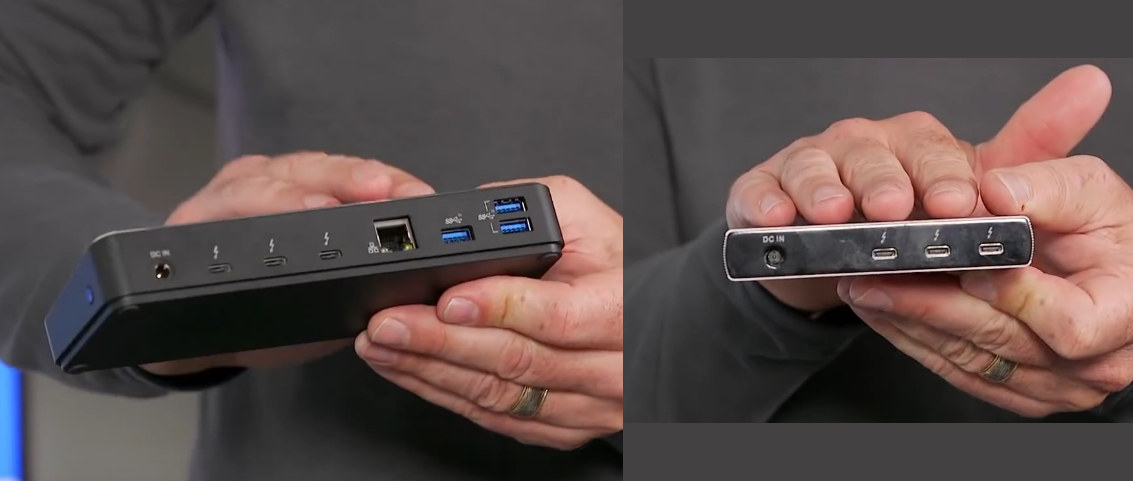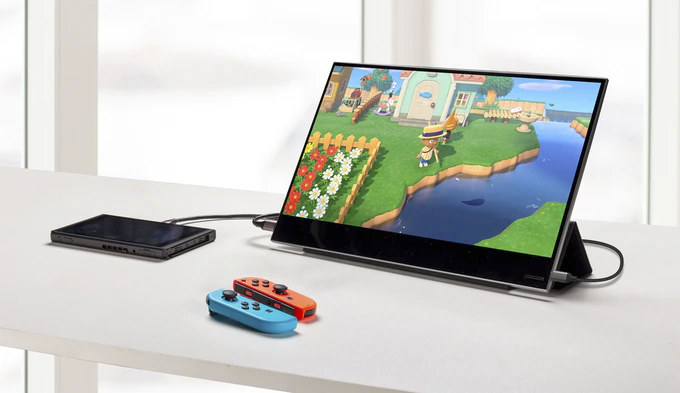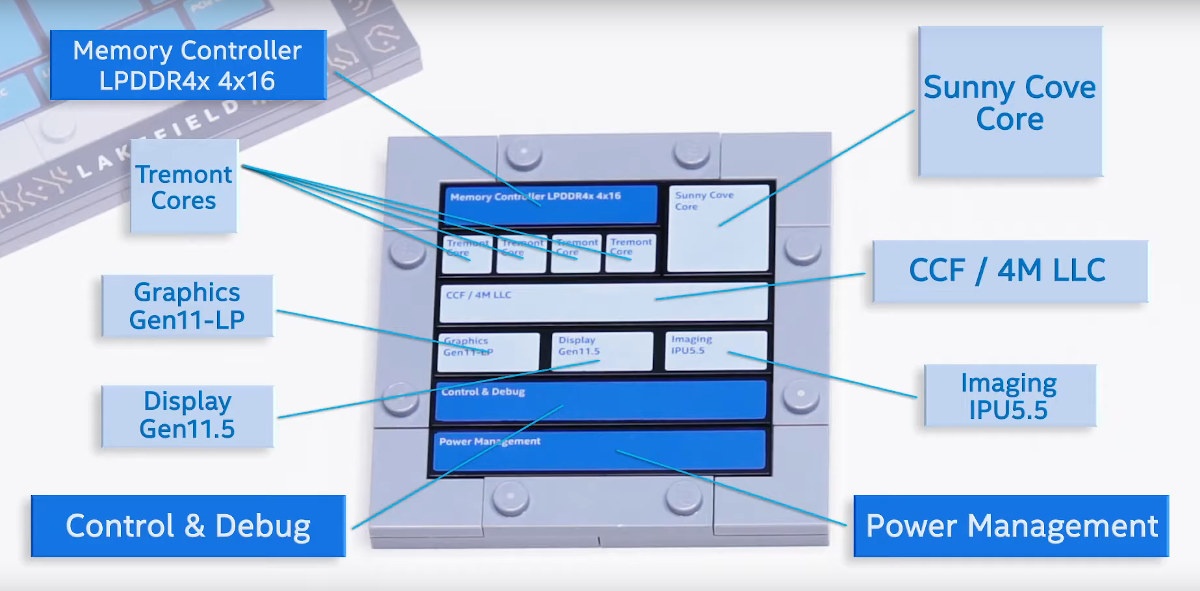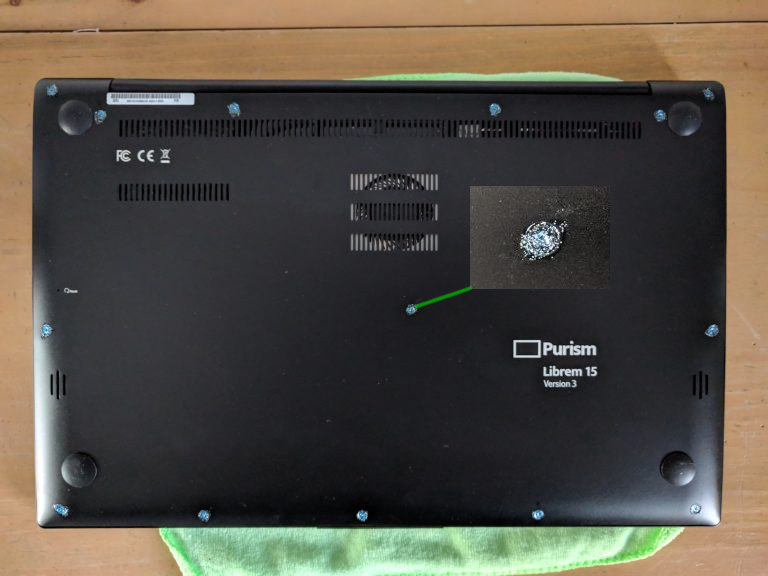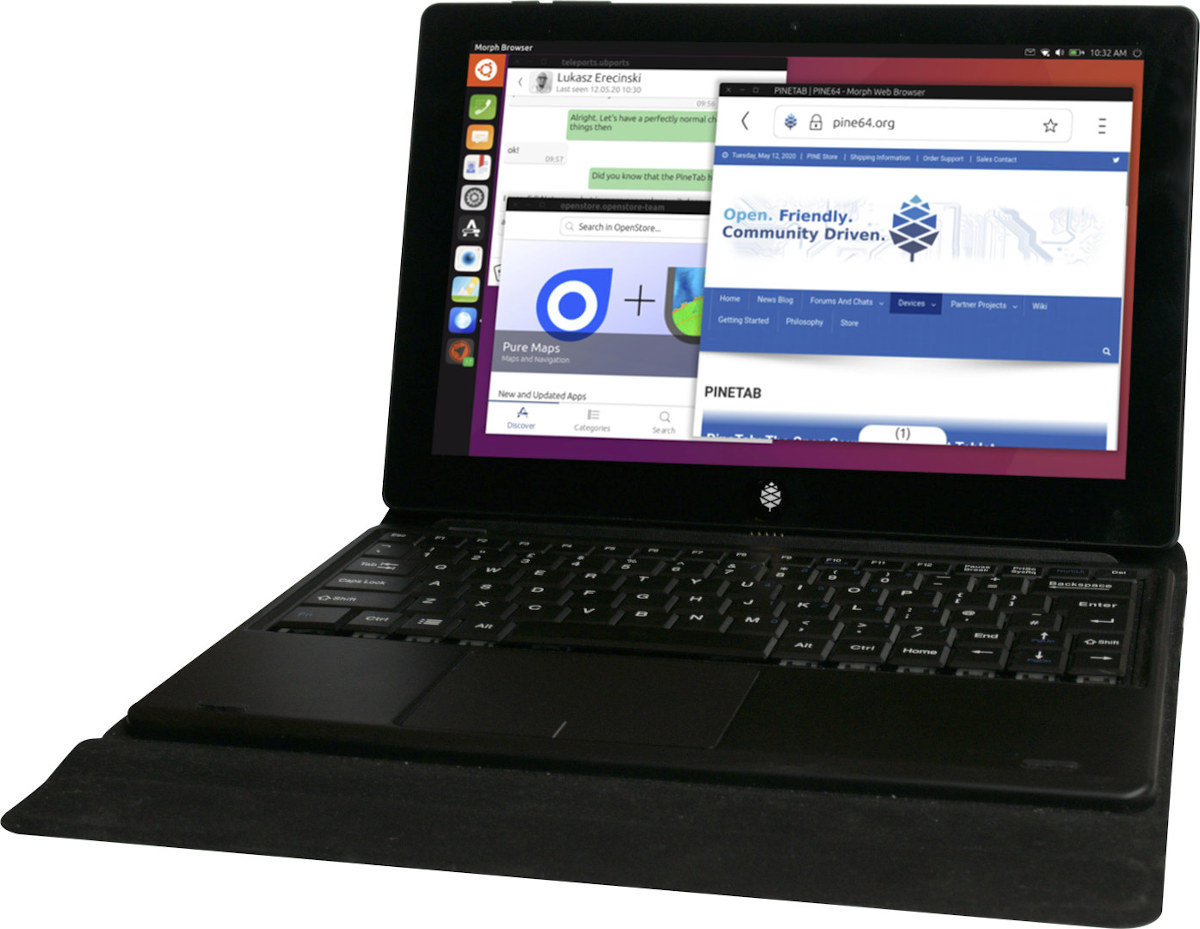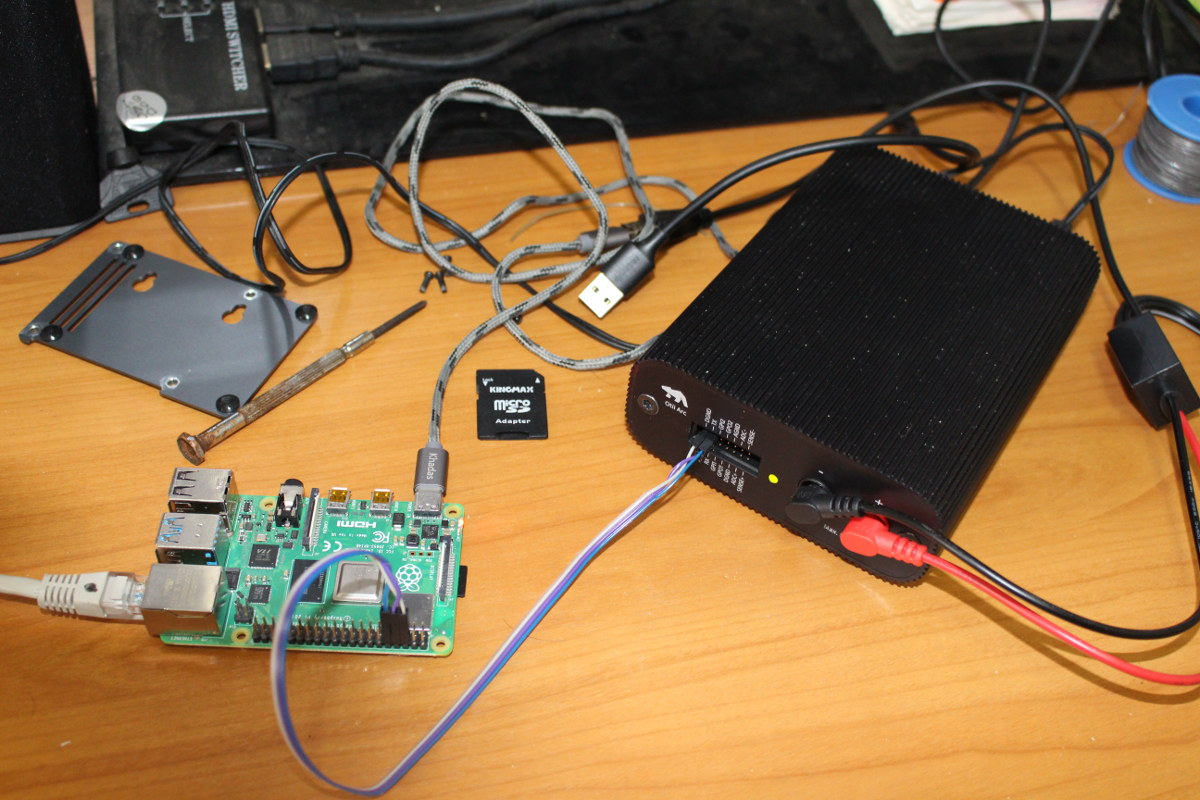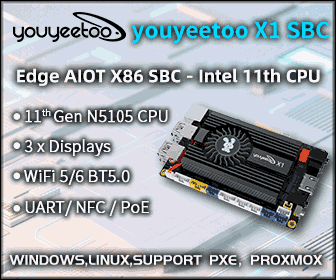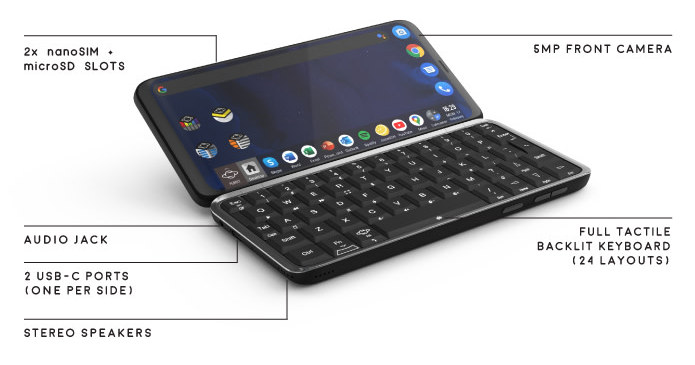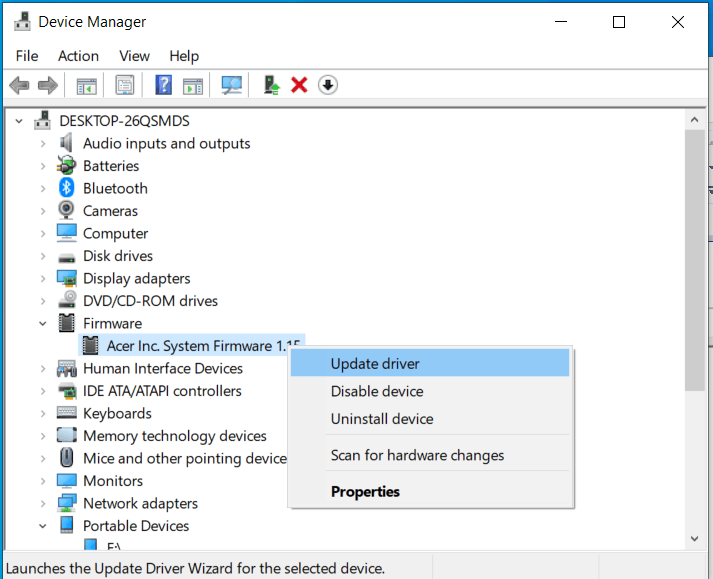Intel Introduces Thunderbolt 4, Showcases MultiPort Thunderbolt 4 Docks
Intel has just introduced Thunderbolt 4 universal cable connectivity solution for data, video, and power with up to 40 Gbps bandwidth, and USB4 specification compliance. The new standard can support up to four Thunderbolt ports in docks and universal cables up to 2 meters in length. Compared to Thunderbolt 3, Thunderbolt 4 doubles the minimum video and data requirements leading to support for two 4K displays or one 8K display, and PCIe storage speeds up to 3,000 Mbps. It also enables PC charging on at least one computer port and allows you to wake your computer from sleep by touching the keyboard or mouse when connected to a Thunderbolt dock. It also adds mandatory Intel VT-d-based direct memory access (DMA) protection to helps prevent physical DMA attacks. The first processors to integrate Thunderbolt 4 will be “Tiger Lake” mobile processors, and the company also announced the Thunderbolt 4 controller 8000 […]


